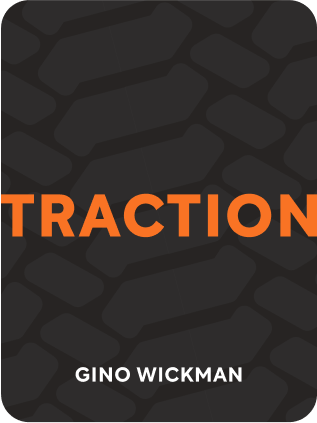

This article is an excerpt from the Shortform book guide to "Traction" by Gino Wickman. Shortform has the world's best summaries and analyses of books you should be reading.
Like this article? Sign up for a free trial here .
What is a target market? How can you defining your target market help you reach your ideal customer?
A target market is a specific, defined segment of people whom a company targets with its marketing efforts. In other words, defining your target market means defining your ideal customer—the people who have an affinity for the products/services that you offer.
Here is how defining your target market can help you propel your sales.
Defining Your Target Market: Know Your Ideal Customer
Identifying your target market means defining your ideal customer. Brainstorm with your leadership team on the following:
- Geographic characteristics (where are your ideal customers)
- Demographic characteristics (industry, size, type of business, job title; age, sex, income, profession)
- Behavioral characteristics (what do they do, think, and need).
As an example of a target market, a laser printing company targets “IT directors in companies with 25 or more laser printers in Michigan and Ohio.”
Create a Prospect List
The process of defining your target market starts with creating a list of prospects for your sales staff to pursue. In the process, you may discover you have some existing customers who aren’t part of your target market. If they’re not profitable enough, you’ll need to shift your attention to better customers. By focusing on your best-prospects list—those bringing more profit with fewer hassles—you’ll turn sales around.
Creating your list will involve: examining current prospect lists, getting referrals from clients, examining trade publications, and asking your salespeople for recommendations. Your list should include contact information for each name.
The next question is how to reach your target market. Most companies find that using referrals is the best method. Or you could use cold calls, direct mail, or a variety of other options appropriate to your business. Implementing a targeted approach will create a snowball effect where your sales effort is self-perpetuating. Generating new business will take less effort.
Identify Your Marketing Differentiators
As part of your marketing strategy, identify three qualities or differentiators that make your company stand out to your target market. (Sometimes these are referred to as uniques or your value proposition—basically, they’re what you have to offer customers)
Many businesses offer too many products or services in an effort to please everyone. As a result, they don’t stand out at anything. Your sales staff should be able to tell customers what you do better than anyone else and to look elsewhere if they want something different.
For example, Southwest Airlines’ three differentiators, under co-founder and CEO Herb Kelleher, were: the lowest fares, on-schedule flights, and having fun. This didn’t satisfy those who wanted additional services, but Kelleher famously stuck to the company’s core focus, telling dissatisfied passengers, in effect, “So long.” Stick to your differentiators and don’t apologize for them.

———End of Preview———
Like what you just read? Read the rest of the world's best book summary and analysis of Gino Wickman's "Traction" at Shortform .
Here's what you'll find in our full Traction summary :
- How a first-time entrepreneur can gain the traction needed to grow
- Why hard work and determination aren't enough for your business to succeed
- The 6 key principles of the Entrepreneurial Operating System






